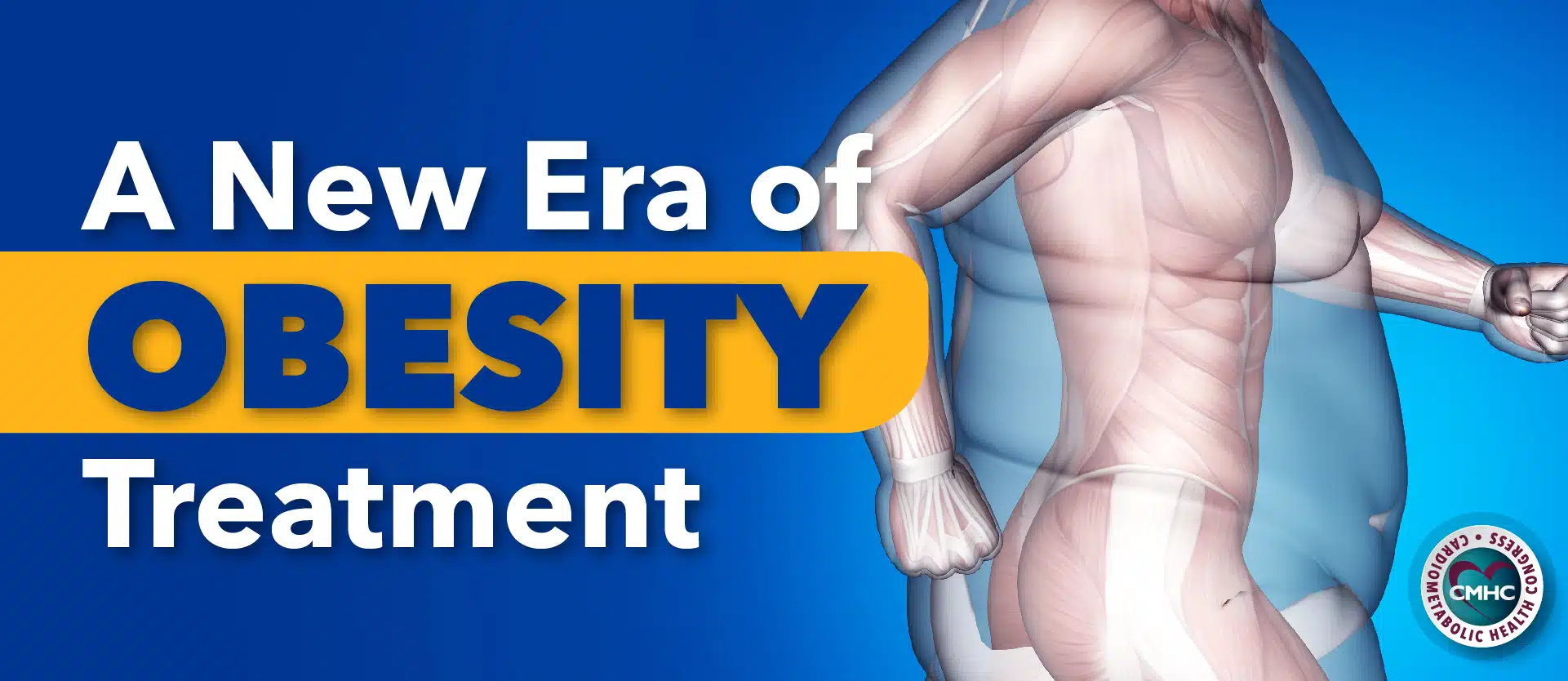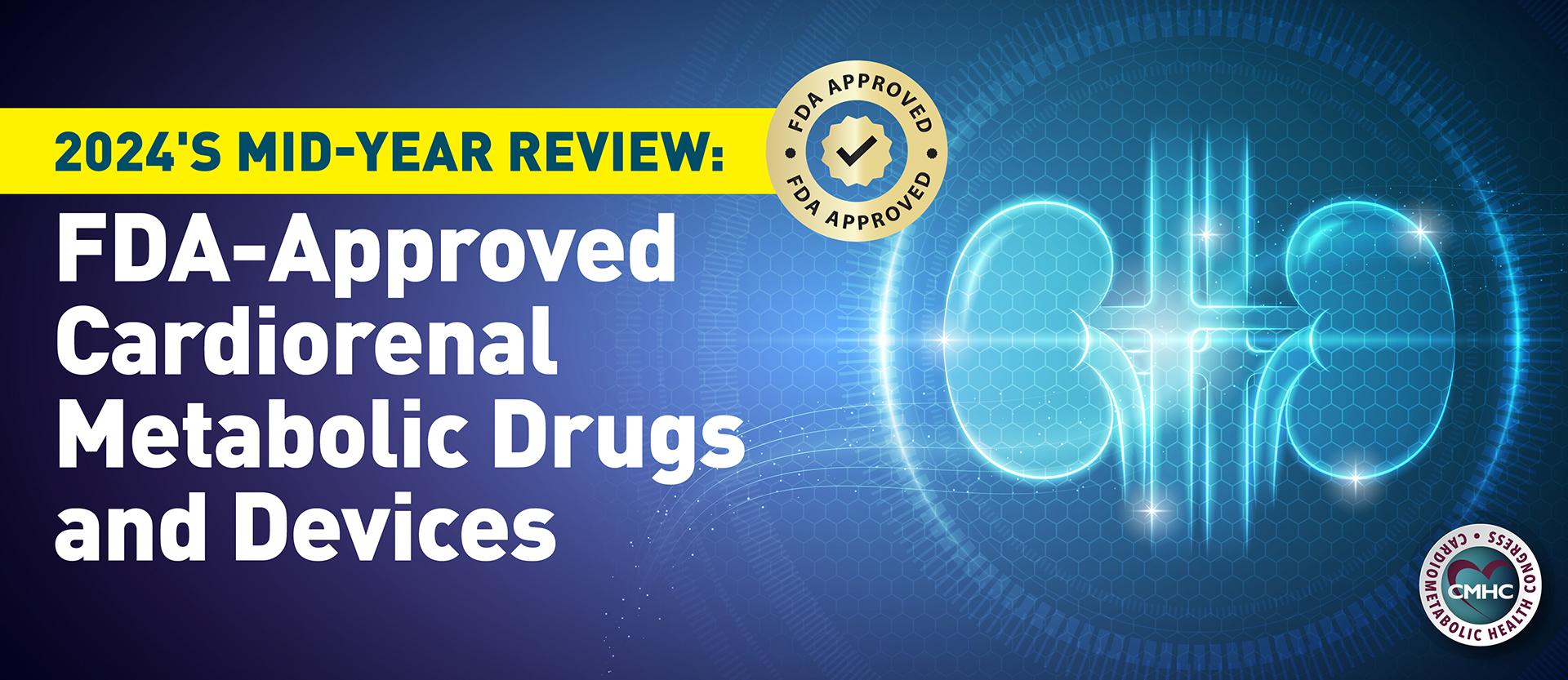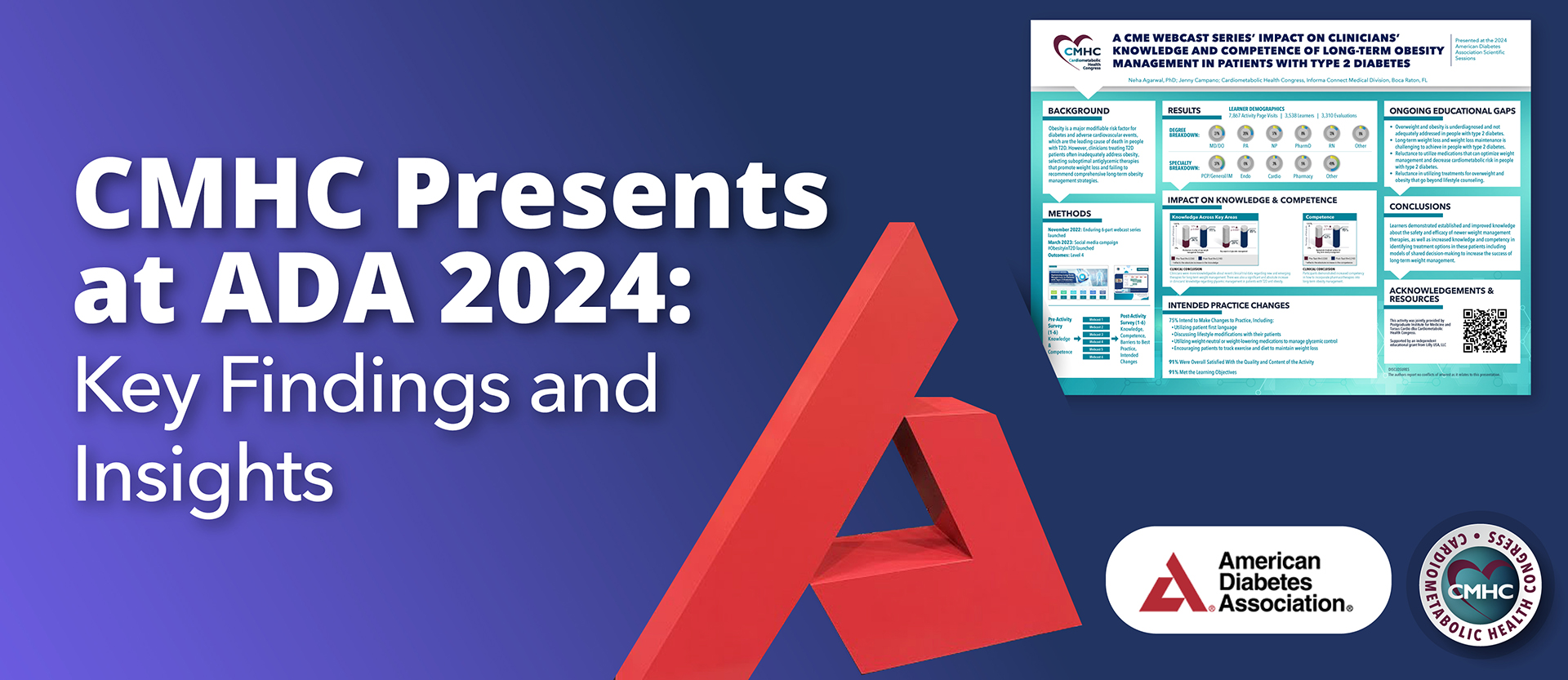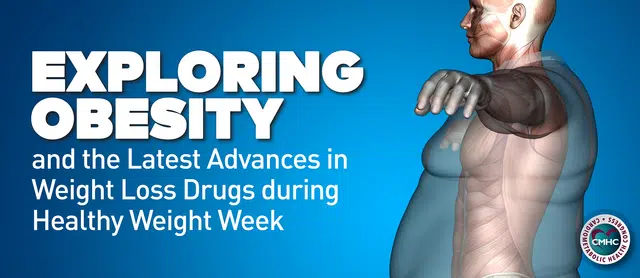A combination GIP and GLP-1 receptor could be the next groundbreaking treatment option for people with overweight or obesity, researchers reported. The first-of-its-kind class of combination drug was approved by the U.S. Food and Drug Administration (FDA) in May 2022 for the treatment of type 2 diabetes (T2D), but a new study suggests that it is effective for weight management indications in patients who are pre- or non-diabetic.
The SURMOUNT-1 trial
Tirzepatide is a once-weekly glucose-dependent insulinotropic polypeptide (GIP) and glucagon-like peptide-1 (GLP-1) receptor agonist that integrates the actions of both incretins into a single novel molecule. In preclinical models, GIP receptor agonists have demonstrated a decrease in food intake and an increase in energy expenditure, resulting in weight loss. Combined with GLP-1 receptor agonists, GIPs may result in greater effects on markers of metabolic dysregulation such as body weight, glucose and lipids.
Promising results from the 72-week phase 3 SURMOUNT-1 trial were published in The New England Journal of Medicine and presented at the 2022 American Diabetes Association (ADA) annual meeting in Spring 2022. The SURMOUNT-1 trial followed 2,539 adults with overweight or obesity without diabetes (although 40% had prediabetes); the average participant was about 45 years old with a baseline body mass index (BMI) of 38, and were mostly white females.
Study implications
During a press conference at the ADA meeting, SURMOUNT-1 lead investigator Ania M. Jastreboff, MD, PhD, of the Yale University School of Medicine in New Haven, Connecticut, said these medications are “much more highly effective than any other medications we’ve had for the treatment of obesity right now.” She said, “they are clearly exceeding the greater than or equal to 5% weight reduction target. What we really need to focus on is this is a new era for our patients; this is a new era for physicians caring for patients with obesity – which is all of us – and we now have the tools and will have more tools going forward, to be able to treat our patients with obesity.”
“The weight reduction in people with diabetes is lower than in people who don’t yet have diabetes. There is something different about patients once they’ve already developed type 2 diabetes where they lose less weight with these agents. I think this is incredibly key because what message does that send? It sends the message that we are treating patients too late. We should be treating patients who have obesity before they develop type 2 diabetes. We can help their health more.” – Dr. Jastreboff
More than weight loss
“Tirzepatide treatment resulted in improvements in waist circumference, systolic and diastolic blood pressure, fasting insulin level, and lipid levels,” remarked the study’s authors. The dual agent is set up to follow in the footsteps of other GLP-1 receptor agonists that have earned indications for weight management in addition to diabetes indications. Some of these options, such as liraglutide and semaglutide, have both been approved as an adjunct to lifestyle modification. In addition to the current phase 3 trial for adults with obesity or overweight with weight-related comorbidity, tirzepatide is also being studied as a potential treatment for nonalcoholic steatohepatitis, obstructive sleep apnea, and heart failure with preserved ejection fraction.
Adverse effects and limitations
As with other GLP-1 receptor agonists, the most common adverse events reported by participants of the SURMOUNT-1 trial were gastrointestinal (GI)-related symptoms such as nausea, diarrhea, and constipation. Four cases of adjudication-confirmed pancreatitis, one in each of the study arms including placebo, were also reported. “Most of the adverse events occurred during the dose-escalation phase and then decreased over time,” Jastreboff said, “clinicians need to work with their patients to manage adverse effects, considering down-titration and determining if patients are eating past the point of fullness.” The SURMOUNT-1 trial will continue for another two years for the 40% of participants that had prediabetes to see if they have different weight reductions than those without prediabetes at baseline.
Dr. Eckel’s take
Robert H. Eckel, MD, CMHC chair, past president of the American Heart Association, and past president of medicine and science of the American Diabetes Association, has had a distinguished career in the fields of lipid and lipoprotein metabolism, nutrition, obesity and cardiovascular risk prevention. He received the Luminary in Cardiometabolic Medicine award at this year’s Heart in Diabetes CME Conference. Dr. Eckel, in regards to obesity-related pharmacogenomic research, says, “the type of comparator trial that’s really needed is a randomized controlled trial with semaglutide or tirzepatide versus metabolic surgery. That’s very desperately needed now to help patients make the best choices for themselves individually.”
Key takeaway
Promising results from the SURMOUNT-1 clinical trial indicate that early pharmacotherapy using novel GPI and GLP-1 receptor agonist tirzepatide is beneficial not only for weight loss, but also to prevent prediabetes from developing into T2D in patients with obesity or overweight. However, CMHC chair Dr. Eckel points out that more investigations comparing weight-loss surgery and other glucose-lowering drugs are necessary to determine if tirzepatide is the best therapeutic option.
Watch CMHC faculty member and diabetes expert Anne. L. Peters, MD, discuss tirzepatide:
Sources:
- https://www.healio.com/news/endocrinology/20210910/curiosity-prevails-a-conversation-with-robert-h-eckel-md
- https://www.medpagetoday.com/meetingcoverage/ada/99060
- https://investor.lilly.com/news-releases/news-release-details/lillys-tirzepatide-delivered-225-weight-loss-adults-obesity-or


















